The Grackle comprises a group of songbirds in the Icteridae family. There are 11 different species of in four different taxonomic genuses.
Though the Common Grackle is, well, common, it is not nearly as widespread as the Great-tailed Grackle. For this reason, this article will focus primarily on the Great-tailed species. Read on to learn about the Grackle.
Description of the Grackle
The vast majority of Grackle species are primarily black in color, and Great-tails are no exception. Also like most species, these birds have iridescent feathers, which shine blue-green and purple in the sunlight.
Female Great-tails have dull brown/black plumage, which is common in most Grackle species and many other bird species. This bird measures about a foot and a half long, and weighs between three and six ounces.
Interesting Facts About the Grackle
These birds have several different traits and adaptations that help them survive. Learn more about what makes Grackles unique below.
- Corvid-Like Traits – Even though they aren’t part of the Corvidae family, Great-tails have one behavior that is quite similar to the crow and raven family. Both crows and Great-tails can recognize individual humans.
- A Researcher’s Dilemma – Researchers studying both crows and Grackles (in separate studies) noticed that the birds did not use alarm calls when other people were nearby. They did, however, sound the alarm when one of the researchers approached, because the researchers disturbed the birds and their nests while collecting data.
- Sexual Dimorphism – Like many other species of birds, Great-tails display sexual dimorphism. When looking at an adult male and an adult female, there is a noticeable difference between the two. Females are smaller than males, and have brown or dark brown plumage.
- Gender Inequality – No, female Grackles aren’t paid less than males. In fact, they are much better off than their male counterparts. Because females are smaller, they do not need to eat as much food, and are much more likely to survive to adulthood. That means that there are considerably more females in a population than there are males.
Habitat of the Grackle
Grackles live in many different types of habitats across their wide range. They live in a variety of open forests and woodlands, chaparral, marshes, mangroves, wetlands, and more. These birds inhabit many different urban habitats as well, and generally thrive around human habitation.
These birds live on farms, in pastures and fruit groves, parks, suburbs, and even cities. On farms, they even follow behind large machinery and livestock to eat the insects stirred up by their movement.
Distribution of the Grackle
Great-tailed Grackles live across a wide expanse of North and Central America into South America. They live throughout the southwest United States, down through Mexico and Central America, and along the northern coast of South America.
Throughout the vast majority of their range they are year-round residents. The few exceptions are the populations in northern Nevada, Utah, Colorado, and some surrounding areas.
Diet of the Grackle
These birds are omnivores, and feed on a variety of small animals, grains, seeds, nuts, and berries. Some of the prey they hunt includes lizards, small mammals, insects, spiders, worms, crabs, frogs, and more. They also eat fruits, berries, nuts, grains, and seeds, from a variety of plants.
These birds forage just about everywhere. Not only do the feed on insects disturbed by large livestock, but they also eat parasites directly off the livestock as well.
Grackle and Human Interaction
Human interaction actually benefits these birds. This species thrives in both urban areas and rural areas. The spread of human farming and populations actually benefits this species of bird.
However, humans do view this species as a pest in some areas. Farmers dislike the birds for their habit of feeding on crops, but the species also eats pest insects as well. The IUCN lists this species as Least Concern.
Domestication
Humans have not domesticated Grackles in any way.
Does the Grackle Make a Good Pet
No, Grackles do not make good pets. These birds are wild animals, and in most places it is illegal to own one as a pet.
Grackle Care
In zoos, these birds typically live in large, aviary-style enclosures. They share their aviaries with a variety of other bird species from similar regions. Aviaries usually contain a number of trees, shrubs, bushes, and other areas to forage and explore.
Zookeepers feed them a varied diet that includes several different protein and plant food sources. Some of the different foods they eat include mice, crickets, mealworms, fish, berries, fruits, seeds, nuts, and more.
Behavior of the Grackle
Grackles are active during the day, or diurnal. They are social birds, especially outside of the breeding season. Large groups of birds congregate at night to roost, particularly during the colder months in the winter.
During the day, smaller groups, usually of the same sex, break off to forage for food together. As the breeding season arrives the males break off and establish small nesting territories. Several females nest within a singe male’s territory.
Reproduction of the Grackle
Once a female chooses a male and nest location in his territory, they build a nest. Some fighting for the best nesting material occurs during this time. Once they build their nests, females lay a clutch of around three or four eggs.
It takes about two weeks for the eggs to hatch. The young chicks are completely helpless, but they develop quickly. Once the chicks are three weeks old, they begin to leave the nest and learn how to fly.




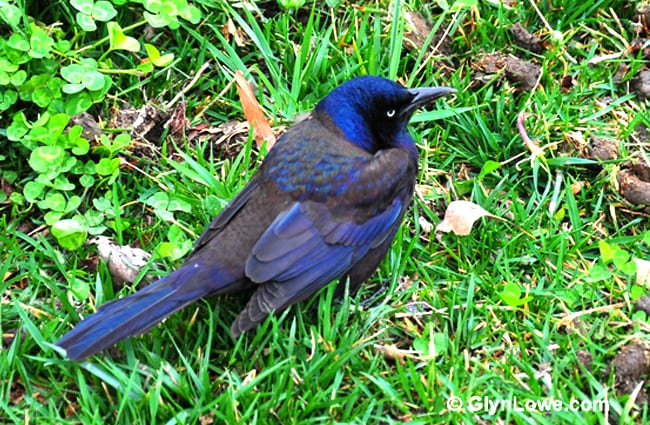
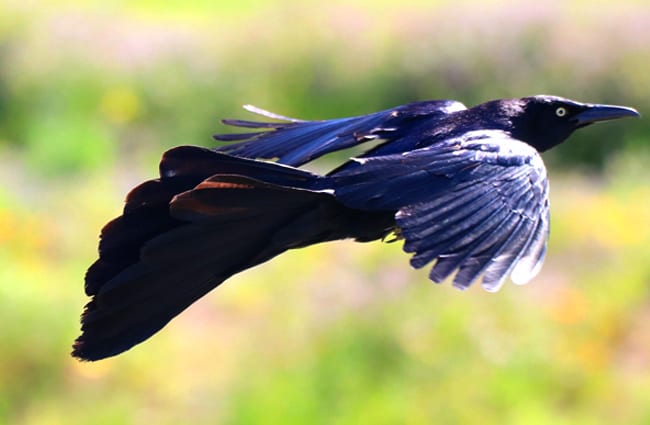

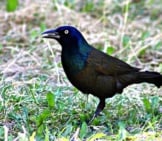
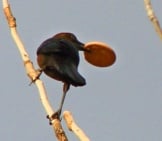


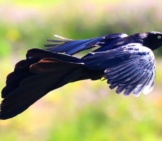
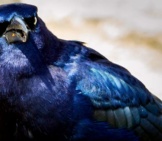
![Red Angus Closeup of a beautiful Red Angus cowPhoto by: U.S. Department of Agriculture [pubic domain]https://creativecommons.org/licenses/by/2.0/](https://animals.net/wp-content/uploads/2020/03/Red-Angus-4-238x178.jpg)












![Red Angus Closeup of a beautiful Red Angus cowPhoto by: U.S. Department of Agriculture [pubic domain]https://creativecommons.org/licenses/by/2.0/](https://animals.net/wp-content/uploads/2020/03/Red-Angus-4-100x75.jpg)

